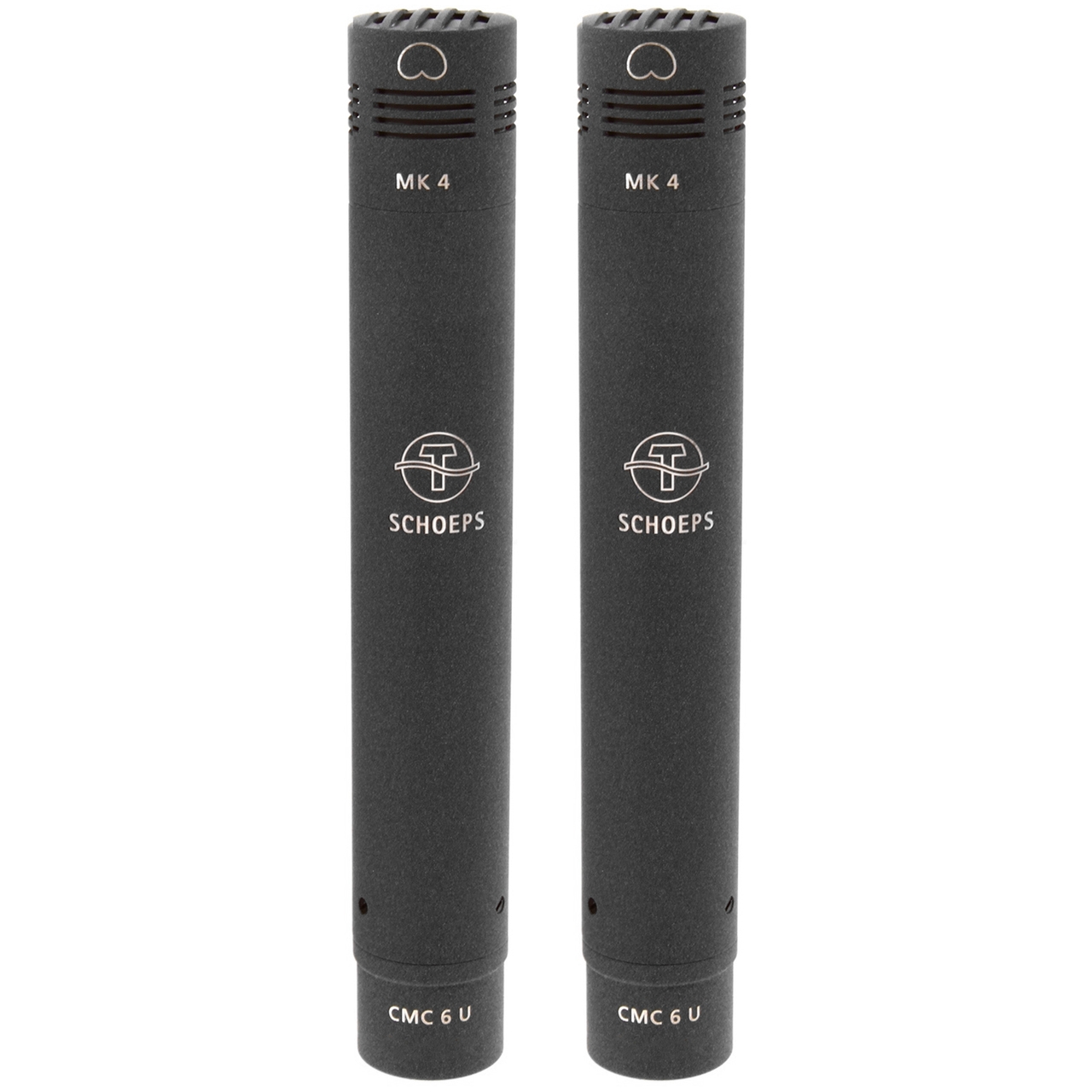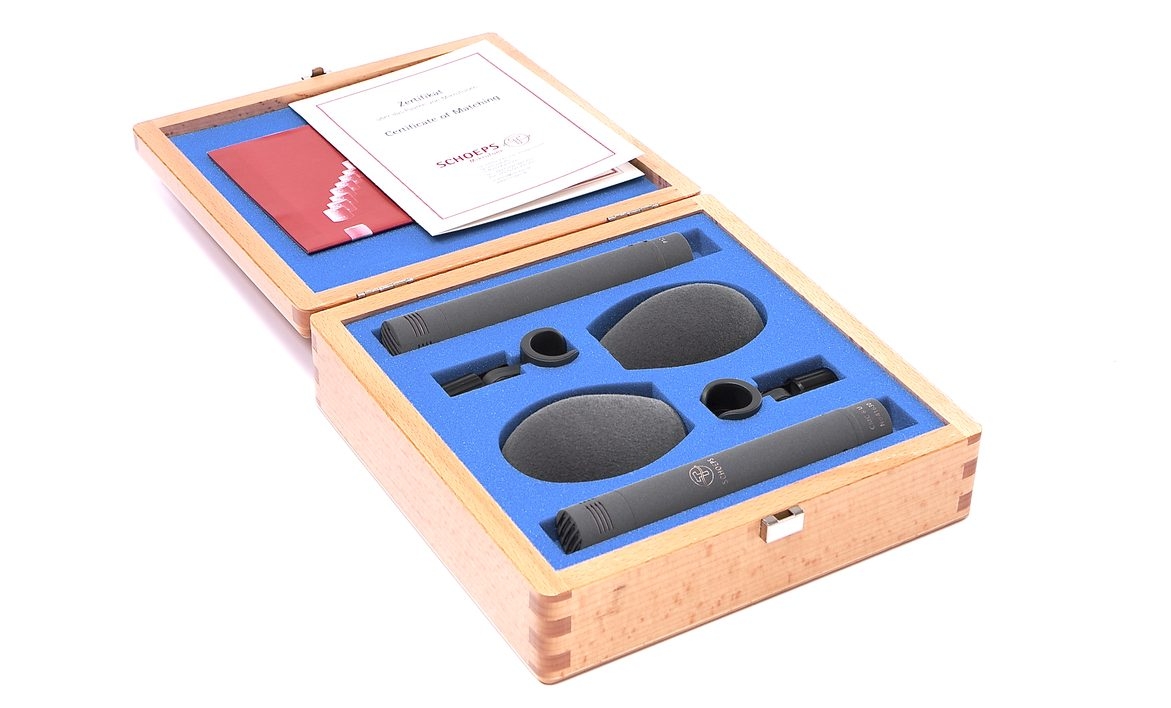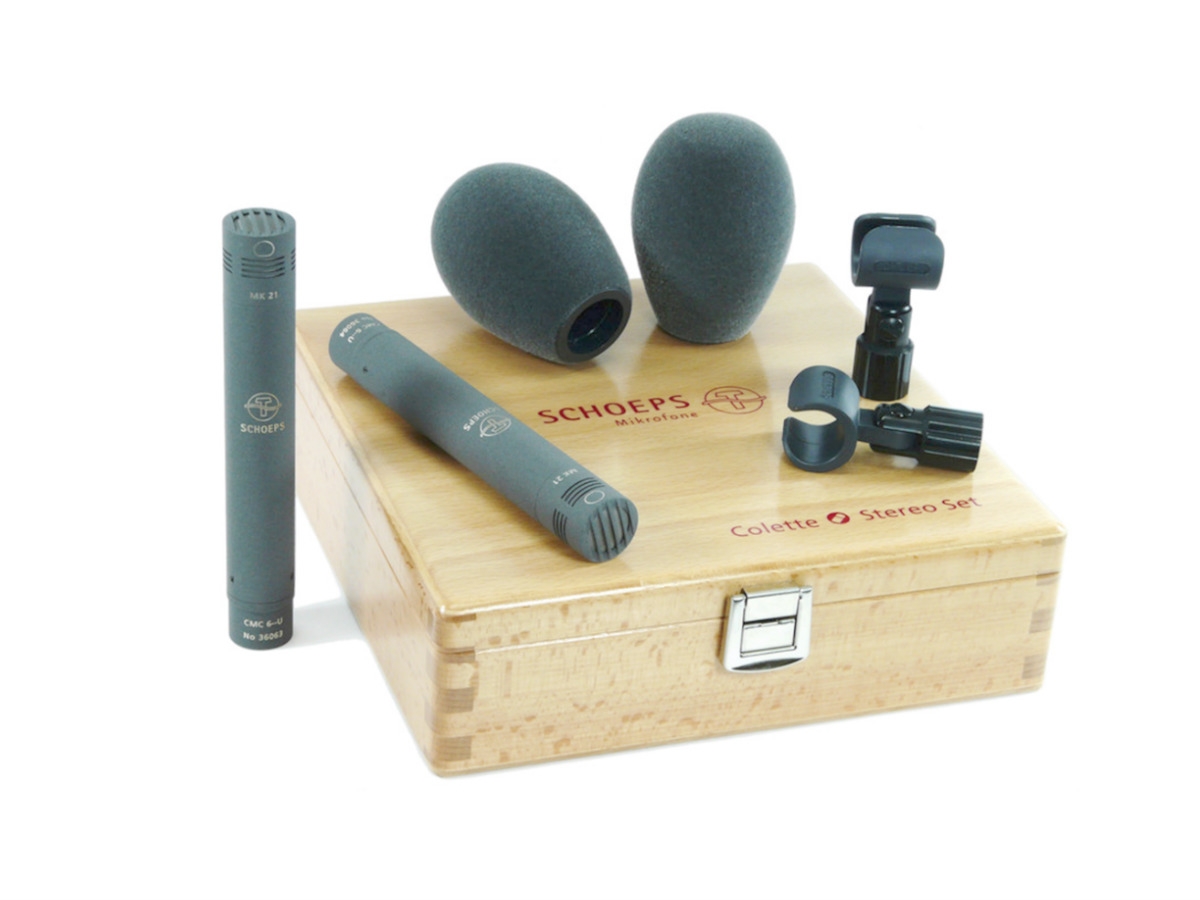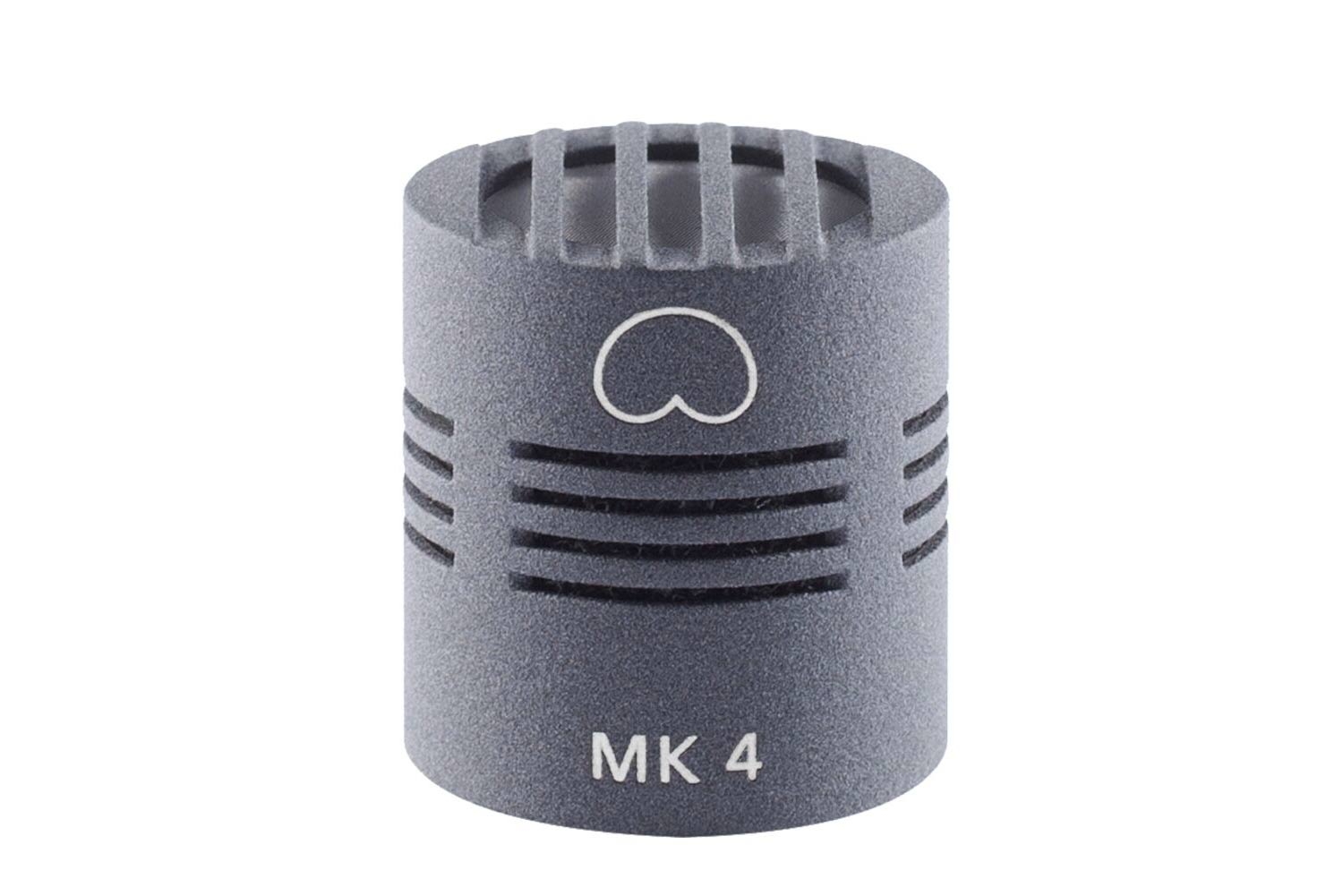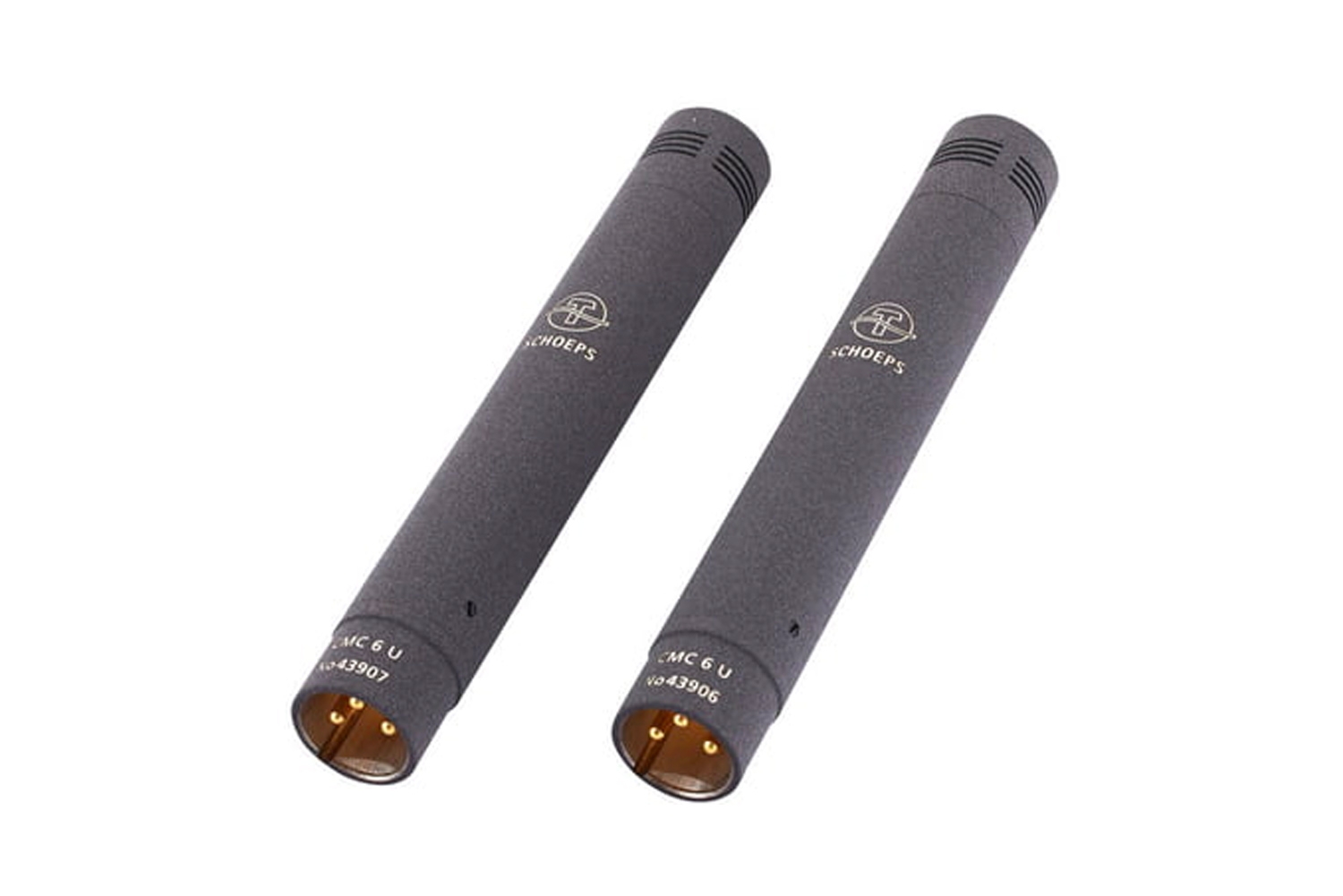Θα σας ειδοποιήσουμε αμέσως μόλις το προϊόν υπάρχει σε stock στην αποθήκη μας! Η εκτέλεση των παραγγελιών θα γίνει με σειρά προτεραιότητας και δεν εγγυούμαστε ότι η τιμή θα παραμείνει η ίδια.
-
36 Δόσεις
-
 2 Έτη Εγγύηση
2 Έτη Εγγύηση
-
36 Δόσεις
-
 2 Έτη Εγγύηση
2 Έτη Εγγύηση


Διαβάστε τον οδηγό αγοράς για Μικρόφωνα
- Consisting of 2 paired SCHOEPS CMC 6 microphone amplifiers and 2 MK 4 cardioid capsules
- Includes 2x SG20 microphone clamps and 2x B5D windscreen in elegant wooden case
The MK 4 has been a reference microphone for years in a wide variety of recording situations.
Due to its transparent sound character and excellent attenuation of rear-incident sound, it reproduces sound sources very naturally. This has given the MK 4 a reputation as a universal "problem solver" even in difficult recording situations.
Its flat frequency response, and the constancy of its directional pattern for all frequencies, are the basis of the MK4’s sound quality. Even in the diffuse sound field its frequency response is flat, with a slight increase at 10 kHz compensating for high-frequency losses in the room.
Thus the sound image is transparent for direct-arriving sound, for sound arriving from the side, and for diffuse sound in the room (reverberation).
The MK 4 is a classic small-diaphragm microphone with all the advantages of this microphone type. Its frequency response and the consistency of its polar diagram from low to high frequencies are exemplary.
Like all SCHOEPS capsules, the MK 4 achieves its flat frequency response solely by its mechanical architecture, without any electronic filtering.
As a pressure gradient transducer, the MK 4 has a single diaphragm that is exposed to the sound from both the front and rear. The side sound inlets must therefore never be covered.
The “reach” (distance factor) of a classic cardioid such as the MK 4 is about 1.7 times that of an omnidirectional microphone. Thus even at greater distances from the sound source, direct sound can be obtained. The advantages of the MK 4 are shown especially when mixing several microphone signals - pickup of sound from the side is reduced in level but not subject to coloration.
At 90° the attenuation of the MK 4 is 6 dB, and at 180°, some 20 to 30 dB. Diffuse-incident sound is picked up 4.8 dB lower in level than front-arriving sound.
- flat frequency response
- very low harmonic distortion and noise
- works with 12V and 48V phantom power
- balanced, low-impedance output
- high suppression of interference on the microphone cable
- excellent protection against high-frequency radio interference with "RFI Shield"
- frequency-independent impedance
- signal transmission possible over very long cables
- reliable operation even with weak phantom power
- symmetrical, transformer- and capacitor-free output stage with a class-A amplifier
- above 20 kHz, the signal is attenuated for protection against interference in the ultrasonic range, e.g. through the ultrasonic autofocus of a film camera
The capsules of condenser microphones can't be connected directly to microphone cables or inputs; a microphone amplifier is required in between. Thus a complete microphone of the Colette series comprises any of the twenty available types of capsules combined with an amplifier. The CMC 6 U is designed for standard 48- and 12-Volt phantom powering. Its circuitry recognizes the supply voltage and adjusts itself automatically. Its performance characteristics remain essentially the same either way; mainly, the difference is that the current drawn at 12 Volts is greater than at 48 Volts. However, the 12-Volt mode consumes less power and might be preferred for battery-powered recording.
The microphone amplifier is responsible for providing the necessary electric charge to the capsule, without which it would be unable to generate a signal. Since the capsule's output signal is very weak (Hi-Z), it must be amplified. In order for the microphone's output to cleanly reach the next stage in the signal chain, it must undergo balancing and impedance matching before transmission. The CMC 6 incorporates a balanced, direct-coupled class-A amplifier, yielding a low output impedance, high RF shielding, and minimal distortion.
Πως βαθμολογείτε αυτό το προϊόν;
Ειδοποίηση Αποθέματος




















